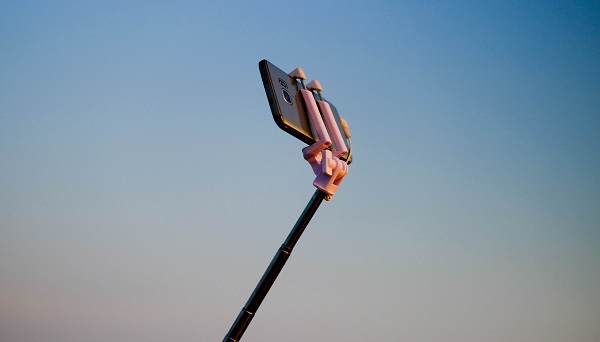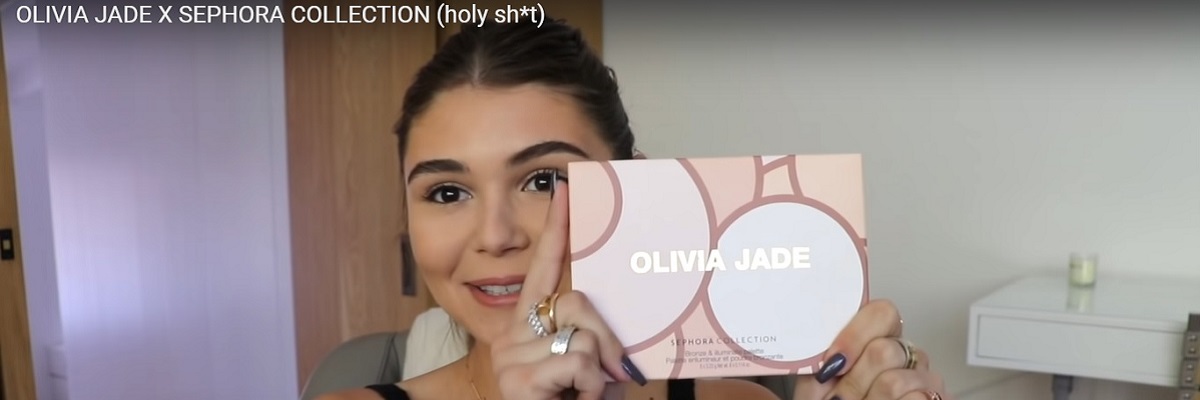

Professors and Research

In a recent study¹, published in the International Journal of Market Research, Belinda Kintu, a 2020 ISC Paris MBA graduate andKarim Ben-Slimane, professor at ISC Paris seek to analyze the different strategic approaches that brands use to manage negative social spillover when an influencer they are partnered with is at the center of a scandal.
The two authors have conducted a case study on the social influencer Olivia Jade involved in the Operation Varsity Blues scandal where it is alleged that her parents bribed admissions officials to secure places for their children in top universities.
When a brand partners with well-known personalities, in some case influencer, it is for the better or the worse since the brand is in essence associating that person’s public persona with its values and reputation. The partner can put an organization’s brand at risk for being “guilty by association,” leaving the organization’s brand vulnerable to any criticism that the influencer may face.
To understand the impact of the Operation Varsity Blues scandal on the brands linked to Olivia Jade, the researchers relied on looking at the twelve brands, including Sephora, TRESemmé, HP, and Amazon, that received the most press coverage following the scandal. In particular, they looked to 125 news articles covering the scandal in the New York Times, the Washington Post, Time Magazine, CNN, Fox, and CBS as these news outlets can be said to mirror the main social beliefs of the American audience. They also considered 908 comments on the brands published on twitter, instagram and the brands website.
The authors relied upon qualitative research. Unlike quantitative research, qualitative research is a way that allows the analysis and understanding of phenomena, group behaviour, facts or subjects. More specifically they used what are called grounded theory methods to analyze the data. The grounded theory methods were created in 1967 by two sociologists, Barney Glaser and Anselm Strauss and later developped by other researchers such as Yvonna Lincoln and Egon Guba. Theses methods aim to build theories not on the basis of predetermined hypotheses (hypothetico-deductive method) but on the basis of field data analysis (inductive method). These two methods are :
the naturalistic inquiry
the constant comparison technique
Using these methods, they analyzed the data as they collected it, focusing on the active decisions made by the Impacted Brands in the days and weeks following the news of the scandal. Their analysis consisted of three main phases:
In assessing and comparing the strategies that the Impacted Brands adopted in managing the spillover effects from the Olivia Jade scandal, two main observations were made.
The first observation was that following significant public pressure, several Impacted Brands distanced themselves from her through the act of dissociation.
The second finding is that, conversely, some of the Impacted Brands did not respond at all.
Belinda Kintu and Karim Ben Slimane have divided these two findings into four strategies:
proactive dissociation
reactive dissociation
mimetic dissociation
no response

Using social media influencers to promote brands and products is becoming a taken for granted marketing practice. In this article, the authors took a critical stance to raise the awareness of managers about the collateral effect that influencer scandals may have on their companies. This phenomenon is known as a scandal spillover. When an influencer is tainted because of a scandal, companies must respond in some way to the scandal spillover or face potential loss of support by consumers.
They have also identified three determinants of these responses :
Time
The nature of statement
The depth of the actions
Brands need to strongly consider having clear guidelines in place to protect themselves against the potential consequences and to effectively manage the fallout from the scandal. The findings of Belinda Kintu and Karim Ben Slimane and determinants listed in this article offer managers a starting point when handling scandal and spillover caused by negative publicity pertaining to influencers.